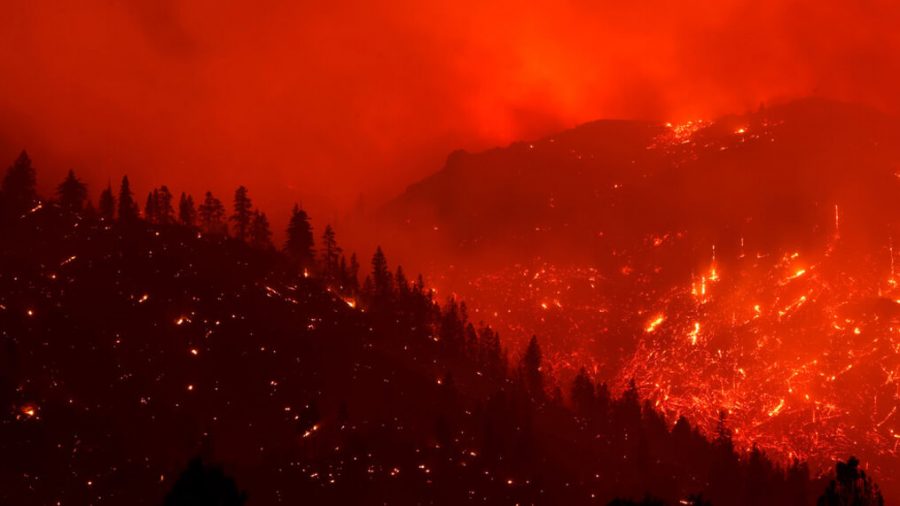Wildfires in California
September 15, 2021
Wildfires are raging yet again in California. However, with an increased risk due to climate change and hotter weather, the whole world is watching. In 2020, 4.2 million acres of land were burned down in California, which is comparable to the area of Los Angeles, Orange, Santa Clara and Santa Cruz counties combined. “A scale that has not been experienced in California since the last 100 years”, George Morris the III, an assistant regional chief for Cal Fire reports about the record-breaking year.
Currently, the biggest wildfire raging in California is the Dixie Fire north of Chico City. It has been active for over 60 days and is contained to 75%, while burning down 960,335 acres of land in 5 different counties.
At Lake Tahoe, the Caldor Fire has already burned down 219,267 acres of land and over 53,000 people needed to evacuated. Until September 13th, 67% of the fire was contained. If we look at wildfires from an environmental perspective, there are consequences about the harm wildfires pose to nature. Fires are deadly and destroy habitats, accelerating climate change through greenhouse gases and harmful emissions.
But, it is also important to know that wildfires are part of nature, playing a key role in shaping ecosystems and acting as an agent for renewal and change in nature. A study from botanist Jane Smith examines the consequences of wildfires caused on soil. They recognized that bacteria and soil fungi were quickly able to adapt quickly to the conditions the fire caused. This information is crucial, as these soil biota are important to contribute to the process of reestablishing wildlife after a fire. With the unique danger climate poses to our ecosystem, it’s important to be mindful of our interactions with nature, especially in high-risk fire zones. Nature is unique and beautiful, and we should all give our best to protect what we love.
